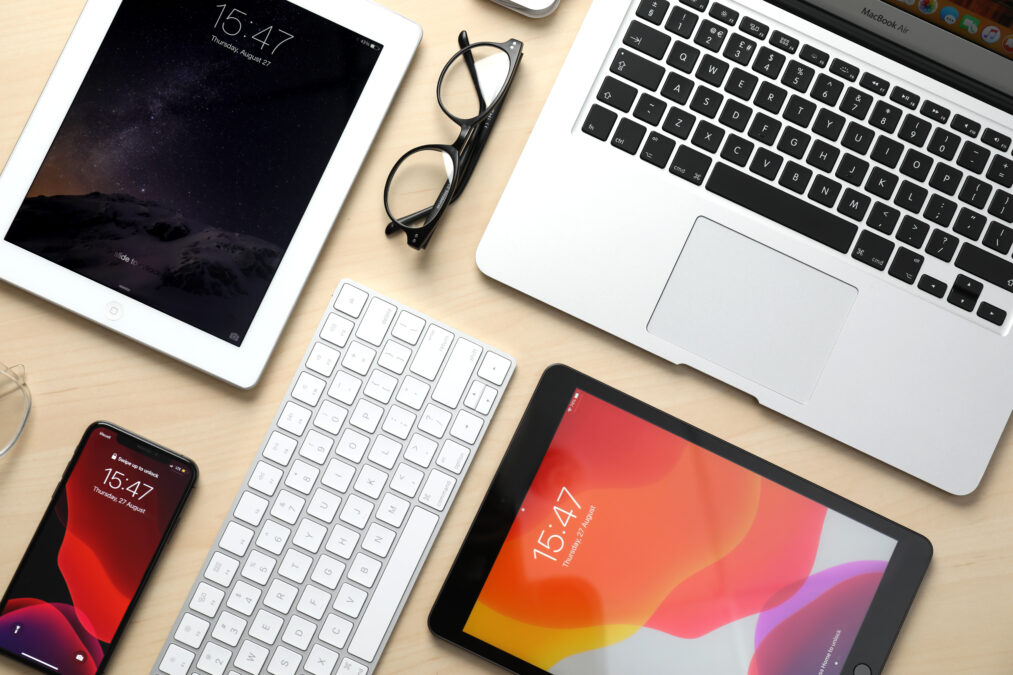In the past, IT managers have overlooked the headset as an office tool, as it usually sits behind a list of Voice over IP (VoIP), audio, video, and web conferencing choices. However, it’s often the humble headset that can be the most practical investment for the workforce.
No longer a tool exclusive to contact centre agents, executives, and administrative staff, headsets are now being circulated to almost everyone within various industries and their organisations. According to Frost & Sullivan in their Choosing the Right Headset for Business Use whitepaper, 39% of IT managers today report distributing headsets to employees.
With so many choices available, selecting the right solution can be a real challenge. Frost & Sullivan’s paper revealed that most consumer grade headsets are unsuitable for professional communicators. They also do not offer the advanced features that make the Unified Communications (UC) experience more seamless.
In fact, 68% of headset users operate video conferences (compared with 40% of people who don’t use headsets). From speaking to our customers, UC delivers the collaboration which enhances decision-making and teamwork, allowing organisations to become much more nimble, and headsets is one enabler as part of the UC arsenal of tools available.
> See also: Unified communications: not enough without a unified vision
Your employees need equipment installed with intuitive controls and seamless compatibility. Essentially, this communication has to require little effort to use. They want audio that hits all the right notes, eliminates all the bad ones and drowns out other conversations going on around them, a common distraction from their own work. It’s clear companies that deploy headsets along with their UC applications are likely to see a much better return on investment (ROI) from both the devices and the applications.
The new global, virtual workplace requires tools that facilitate collaboration, and headsets play a critical role in enabling employees to participate effectively in virtual meetings. Whether employees are using virtual conferencing tools from their desks, on the road, or in a cafe, hotel, or airport, headsets can help people hear audio as it was meant to be heard. High quality headsets deliver ‘high-fidelity’ audio, eliminate background noise and minimise disruption. This allows callers to use their hands, so they can take notes, type comments, or use chat and support multitasking pulling up relevant documents and applications on their computers.
A headset is an employer’s last point of contact with UC equipment, and therefore a user’s experience will ultimately decide the success of the deployment. No longer just a nice-to-have device, extra quality in areas such as comfort and durability when selecting a business headset can make end-users happy and ultimately more productive.
What features should IT managers look out for when purchasing headsets?
Whether headsets are at the higher or lower end of the market, there are some essential functions that they must consider to boost productivity.
Comfort
Design for all-day comfort and durability is a must for IT decision makers looking to equip large teams, even on a tight budget.
Business–Grade Technology
It is ideal if headsets are built with acoustic echo cancellation and noise-cancelling microphones so that you can hear and be heard in noisy places, especially as open-plan offices become more prevalent.
Optimised for UC platforms
Products should have the ability to answer an end-to-end call directly from all UC audio models, which means being compatible with Microsoft Lync and Cisco amongst others.
LED indicator
Some headsets will build in an in-call LED indicator which can help prevent accidental interruptions when a call is in progress.
Dynamic Equalizer
This feature automatically switches between voice and music modes, delivering the best sound quality for whatever the user is listening to.
> See also: One true voice: approaching unified communications
Price
If customers are paying a higher price for products then it’s important for headsets to differentiate beyond comfort and style, with added features like DECT spectrum wireless connectivity that won’t interfere with Wi-Fi devices in the office.
Of course, businesses will differentiate in the product features that they require according to the industries that they operate in, and the roles that their employees fill. Another route is to consider employing a channel partner to help assess the options as part of a wider UC deployment scheme.
Sourced from Patrick Crowley, B2B EMEA Channel Manager at Logitech for Business






